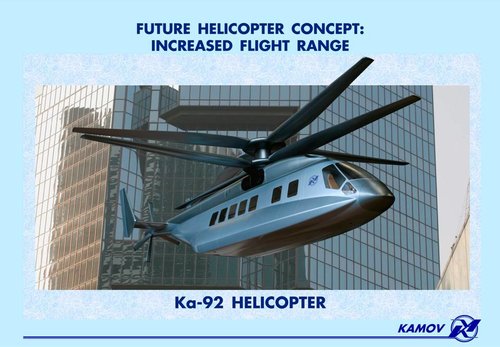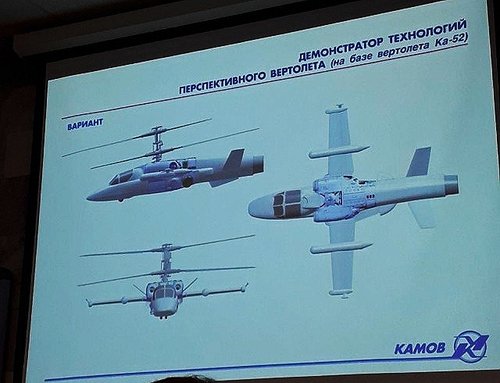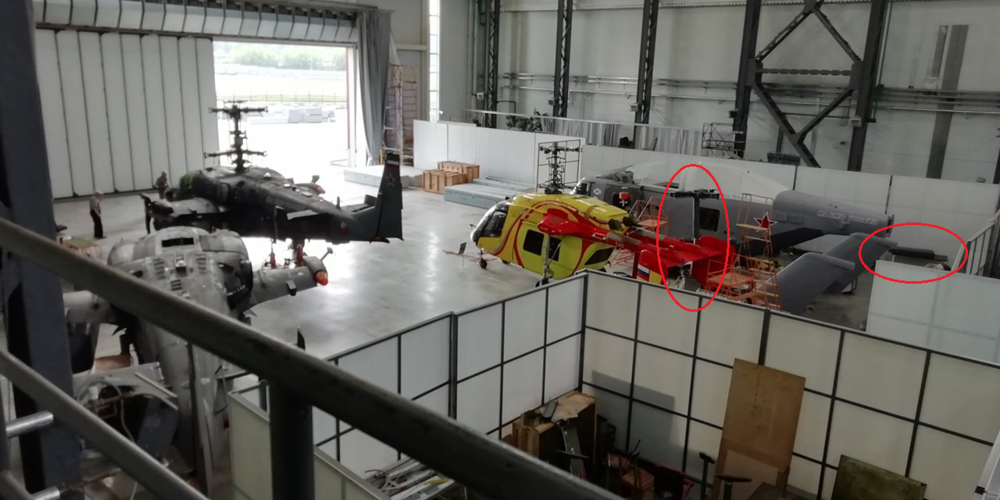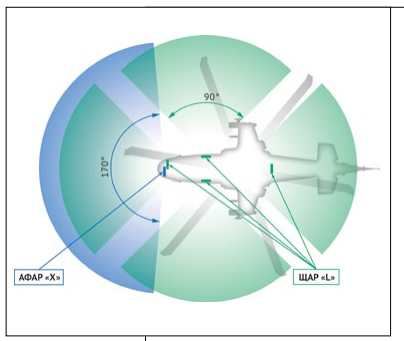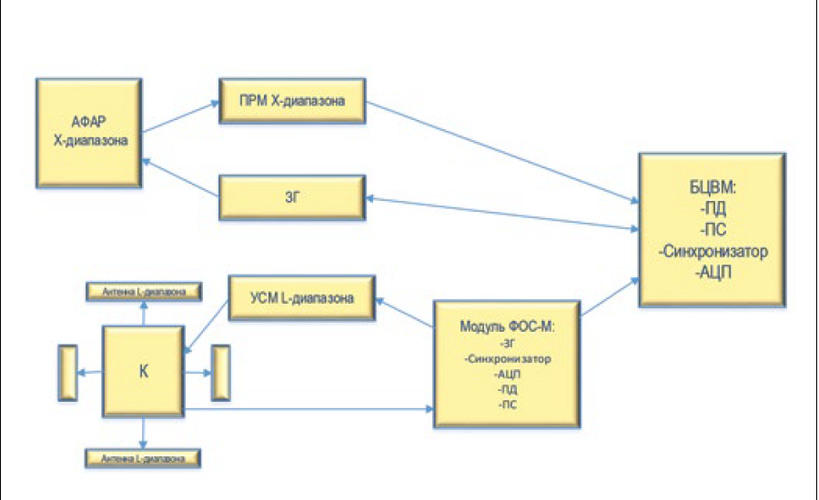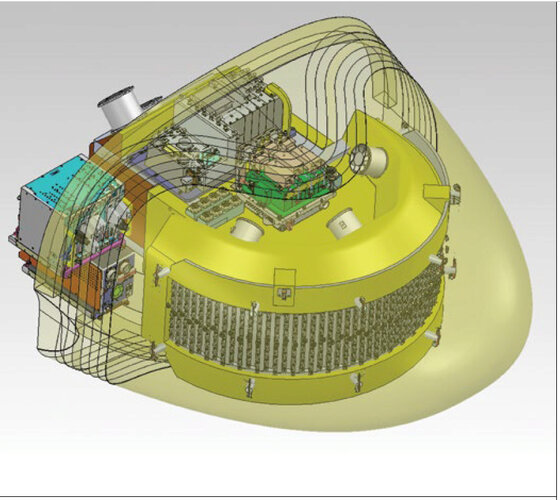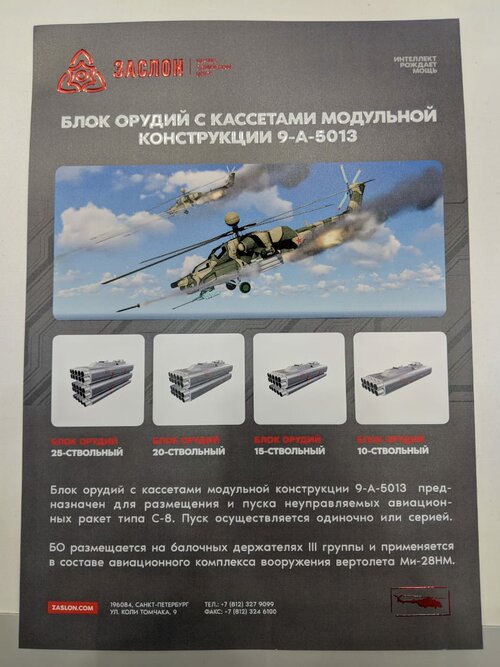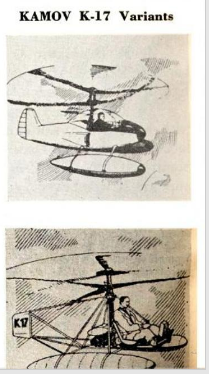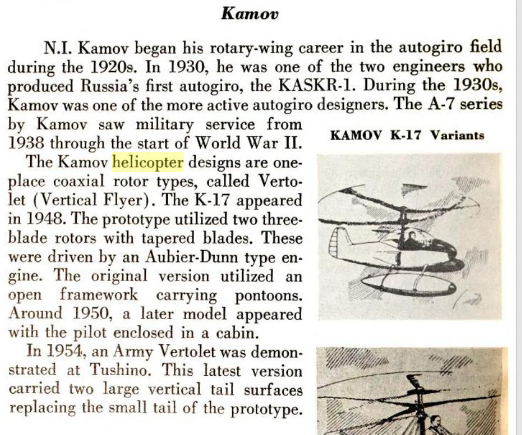JSC "Corporation" Fazotron-NIIR "in accordance with the state defense order since 2011, has been carrying out serial delivery of on-board radar systems
(BRLK) FH01 for combat reconnaissance attack helicopters Ka-52 of the Aerospace Forces of the Russian Federation (VKS RF).
Its export version FH01E is equipped with
helicopters K-52E for foreign customers. BRLK FH01
is a dual-band radar
station (radar) operating in the millimeter and decimeter frequency ranges. She
provides detection and tracking
ground and air targets, low-altitude
flight, warning the pilot about attacking
helicopter missiles, as well as meteorological
in the "Meteo" mode. main destination
combat reconnaissance and attack helicopter Ka-52 - this is fire support for ground
troops, amphibious assault and suppression of positions
enemy.
Along with the serial production of the radar
FH01 in the Corporation is being modernized in the following main areas:
- introduction of the synthetic aperture mode into the software of the complex
in millimeter Ka-range of working
frequencies for obtaining a higher resolution in radar mapping of the area;
- introduction of a synthetic aperture mode in the decimeter range to obtain a radar map of the area
with side view and air attack warning mode;
- in addition to the existing radar software, a mode of detection of stuck or moving with a small
helicopter speed;
- integration with the onboard complex
defense helicopter blocks L-band from
composition of the FH01 airborne radar, providing warning of an air attack.
Currently, the priority area in the Corporation's activities is
development of a new airborne radar system FH03 for the Ka-52K sea-based combat reconnaissance and attack helicopter.
The main feature of this complex
is the combination of a radar with an active phased antenna array (AFAR) of the X-frequency range and a modernized radar with a slot antenna array (SHAR) of decimeter
L-frequency range (Figure 1).
The X-band radar is a forward looking station with a fixed AFAR with electronically controlled beam deflection in the zone of ± 85
degrees, and the L-band radar consists of four independent slot antenna arrays,
located on all sides of the fuselage, creating an all-round view of the space for
pilot warnings about attacking helicopter
rockets. Block diagram of the radar
complex is shown in Figure 2. Additionally, the L-band radar can operate in terrain mapping mode in side view zones, including with the ability
detection of objects disguised in the forest.
The FH03 radar, day and night, in simple and difficult weather conditions, will provide the following tasks in the front hemisphere in the ± 85 ° azimuth zone:
- survey and radar mapping of the sea (earth) surface, detection of the coastline and specified
landmarks in low, medium and
high resolution;
- search and detection of moving and stationary surface (ground) objects
at ranges up to 250 km;
- taking for tracking, determination of coordinates and parameters of movement of radio contrast objects;
- detection and selection of ground and surface moving targets;
- detection of obstacles such as irregularities
relief for information support of the obstacle collision warning mode;
- review of the airspace and detection of air objects in oncoming
and catch-up courses at ranges over
100 km;
- tracking air targets, determining coordinates and parameters of their movement;
- recognition of the class of air objects;
- detection of a hovering helicopter;
- detection of radar contrast
landmarks, including for the tasks of correcting the flight and navigation complex;
- detection of dangerous meteorological formations
at ranges up to 250 km;
- detection of transponder beacons;
transmission of information for airborne guided weapons;
- exchange of information with the onboard radio-electronic equipment of the helicopter,
including transmission and reception of target designation;
- increased secrecy of work (one-time mapping mode);
- determination, together with the state identification equipment of the state
accessories of the discovered surfaced,
ground and air objects;
- issuance of radar information for
alignment with a digital terrain map.
The FH03 BRLK provides high operational reliability due to the absence of mechanical moving parts due to the installation
Antennas with electronic scanning and replacement
transmitting device to a distributed system of amplification of the probing signal using group transmitting and receiving modules.
Increase in FH03 radar view area by
azimuth up to 170 °, as well as the use of radar of the decimeter range for implementation
side view will allow the Ka-52K helicopter
carry out practically circular radar surveillance.
We emphasize that radars operating in the centimeter wavelength range provide
significantly lower power losses than
millimeter-wave stations, and
they are much less affected by the moisture saturation of the environment.
Therefore, they are best suited
for equipping sea-based helicopters.
Onboard radar complex
FH03 gives the Ka-52K helicopter the ability to conduct long-range radar patrol and increases the range of used
weapons."
Seems KRET articles only release radar information of the Ka-27 and Ka-52K, cant wait for the Ka-52M

